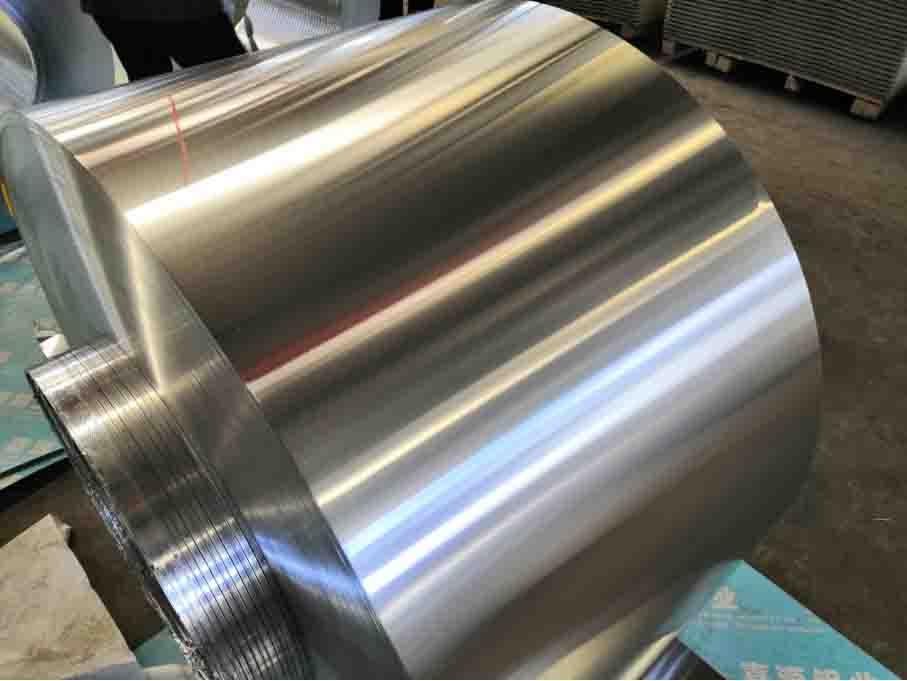Introdução
The automotive industry is driven by precision and efficiency, e um processo que está na vanguarda para atingir esses objetivos é o blanking de alumínio. Ao utilizar a tecnologia de ferramentas de perfuração e matriz, O blanking de alumínio permite o corte de chapas planas ou grandes bobinas de alumínio em formas predefinidas conhecidas como blanks. These blanks serve as the building blocks for a wide range of automotive components, incluindo painéis de carroceria, brackets, reinforcements, and heat shields.

The Significance of Aluminum Blanking in the Automotive Industry
Aluminum blanking plays a crucial role in the automotive sector, particularly due to its lightweight properties. As the industry strives for improved fuel efficiency, enhanced vehicle handling, and reduced emissions, the significance of aluminum cannot be overstated. Na verdade, according to the 2023 North American Light Vehicle Aluminum Content and Outlook, aluminum's market share is projected to increase significantly between 2020 e 2030.
Versatility of Aluminum Grades in Blank Manufacturing
One of the key advantages of aluminum blanking is its ability to facilitate efficient mass production while maintaining precision and dimensional accuracy. This is essential in meeting the high-volume demands of the automotive industry. The accuracy and consistency achieved through aluminum blanking contribute to the overall quality, forma, and performance of automotive components, ultimately enhancing the overall vehicle performance.
Widths and Thicknesses in Aluminum Blanking
The use of different aluminum grades in blank manufacturing further demonstrates the versatility of aluminum blanking. The Aluminum Association has classified aluminum alloys into various grades, each with unique characteristics. These grades, tal como 1100, 2024, 3003, e 6061, offer excellent formability, resistência à corrosão, and structural integrity, making them ideal for automotive applications.
The Value of Multi-Blanking Capabilities in Cut-to-Length Lines
When it comes to the widths and thicknesses processed in aluminum blanking, the specific part requirements play a crucial role. Typical widths can range from a few inches to several feet, while thicknesses can vary from thin gauges to thicker gauges. These dimensions are determined based on the desired final product and its structural needs. It's important to note that the specific thickness requirements may vary depending on the capabilities of the metal fabrication company.
Different Types of Blanking Processes
In the realm of aluminum blanking, the value of multi-blanking capabilities in cut-to-length lines cannot be overlooked. Multi-blanking involves the continuous stamping of blanks as a large coil of flat rolled sheet unwinds and feeds into a shear or press. This process enhances efficiency, consistency, and reduces downtime between setups, making it highly advantageous for the automotive industry. Large coils up to 35,000 lbs can be efficiently processed through multi-blanking, further catering to the high-volume demands of the automotive sector.
Conclusão: Driving Automotive Innovation with Aluminum Blanking
Understanding the different types of blanking processes is essential for automotive manufacturers. Cut-to-Length is a commonly used process that involves cutting aluminum sheets or coils into precise lengths using a shear blade. This process is suitable for low-volume or prototype quantities. Configured blanking, por outro lado, utilizes a press with a stamping die that resembles the final part shape periphery. This process is specialized and produces precise and complex shapes, making it ideal for manufacturing automobile fenders, bodysides, and doors. Another emerging technology in blanking is laser blanking, which utilizes high-power lasers to cut any 2D shape from precut blanks or coils, offering enhanced versatility and flexibility.
Aluminum blanking plays a pivotal role in the automotive industry, and its importance is expected to grow further as the demand for lightweight materials and fuel efficiency continues to rise. With its ability to enable the precise fabrication of vital aluminum components, aluminum blanking contributes to vehicle performance, fuel efficiency, and lightweight design. By partnering with experienced first-stage aluminum blanking companies, automotive manufacturers can leverage the advantages of aluminum blanking and maintain a competitive edge in this dynamic industry.
Para concluir, aluminum blanking empowers the automotive industry by revolutionizing the manufacturing process. Its efficiency, precisão, and versatility make it a vital component in the production of high-quality automotive components. As the automotive sector evolves, the demand for aluminum blanking will only increase, driving further innovation and shaping the future of automotive manufacturing.
